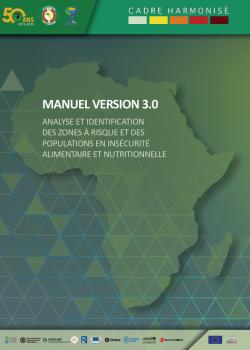Introduction
This CH 3.0 manual provides important technical advancements on the procedures for applying special protocols to conduct analyses under specific conditions in certain areas. However, the technical development process of the CH continues to evolve in order to improve some procedures for classifying food and nutrition insecurity.
Recommendations
This guide is intended for national plant protection officers.
The analysis process is designed to be applied to a defined geographical area, an administrative unit, or household groups under both standard (normal) conditions and specific conditions due to major risks (climatic disasters, socio-political crises, insecurity, pandemics, etc.) that limit physical access to populations. The manual will enable users to better:
- a) familiarize themselves with the principles of meta-analysis;
- b) understand the principles of technical consensus to build convergence of evidence;
- c) know the standards and principles of the CH;
- d) understand the functions, standard and special protocols, as well as the procedures;
- e) master the use of the CH spreadsheet;
- f) leverage the results of the CH to properly prepare responses to food and nutrition crises, as well as potential data for more advanced analyses.
Participatory Approaches and Local Governance
Strengthen community participation: Involve farmers, local authorities, and other stakeholders in water management planning and decision-making. Establish water management committees: These local committees would ensure fair allocation and rational use of water resources.
Adoption of Modern Technologies
Implement smart irrigation systems: Promote drip irrigation and weather data-based technologies to optimize water use. Deploy remote sensing tools and mobile applications: These tools allow precise monitoring of water levels and real-time crop needs.


